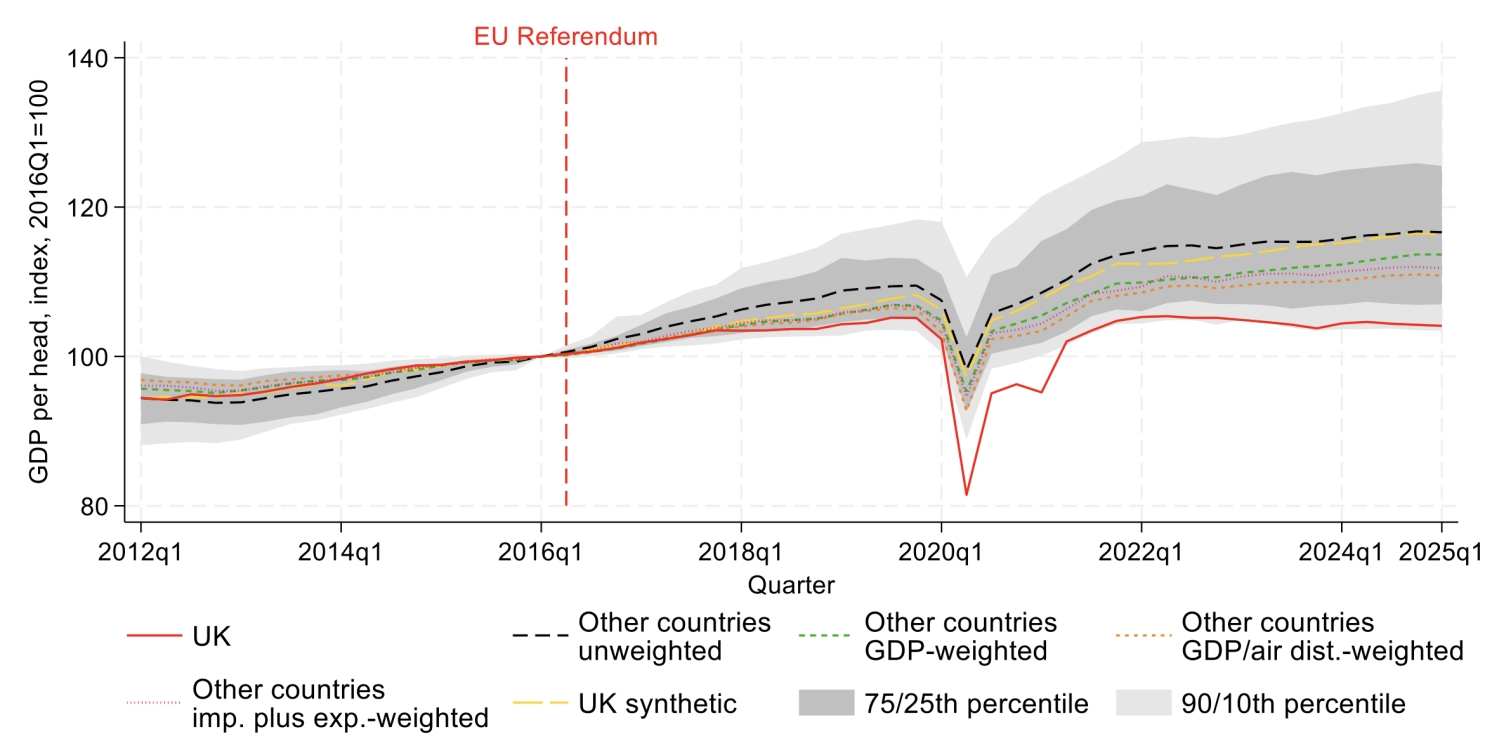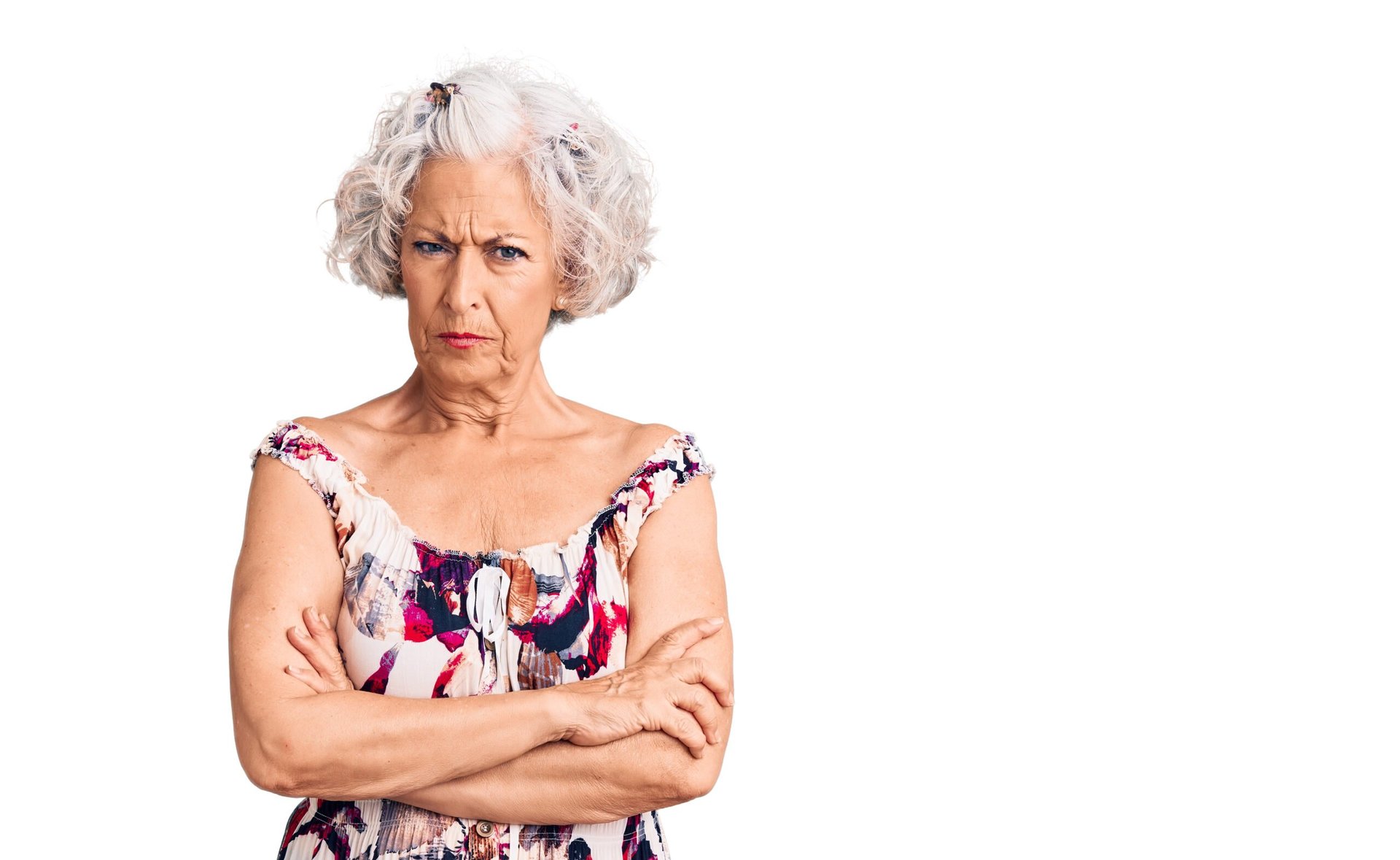Vismay Sharma, president of L’Oréal South Asia Pacific, Middle East and North Africa (SAPMENA), in an exclusive interview with FinanceAsia shared key market insights in a fast-changing landscape.
The beauty industry is often defined as skincare, fragrance, makeup, and haircare with total revenue in the beauty and personal care market amounting to $625.7 billion in 2023 alone. The market is expected to grow annually by 3.32%, (CAGR 2023-2028), according to Statista.
The South Asia Pacific, Middle East, and North Africa, or the SAPMENA region created by L’Oréal in 2021 comprises 35 countries spanning from New Zealand to Morocco, is home to three billion people and L’Oreal believes will be a major growth engine for the company, and where the largest number of new consumers will come from in the next decade.
First, it is young, with an average age of 28 years, five years below the global average, with growing beauty aspirations and purchasing power. Second, it is a region of tech and digital natives, who make up one-third of active social media users and are driving new ways of brand engagement. Third, this region also has 72% of the world’s Generation M – modern middle-class Muslims – who are looking for brands that reflect both modernity and values.
Singapore-based Sharma (pictured) highlighted that even though it is an unconventional region for a commercial company to create, “in terms of expectations from beauty products we see a lot of commonalities. There is a desire for beauty ingredients that are universal across the region, such as Argan oil from Morocco or Henna from India. Moreover, many of our markets have the highest UV exposure which affects hair and skin conditions, as well as influencing consumer preferences for product textures.”
L’Oréal does not provide standalone financial results for the SAPMENA Zone but instead for SAPMENA–SSA which refers to South Asia Pacific, Middle East, North Africa, and Sub-Saharan Africa. The figures from the region point to robust growth. In 2022, SAPMENA-SSA* grew at +22% like-for-like and plus 28.1% reported. As of September 30, 2023, SAPMENA-SSA* achieved growth of +23.6% of ‘like-for-like’ sales and +15.6% ‘reported’.
Sustainability that is not just skin-deep
McKinsey in its 2023 report on the beauty industry called it a dynamic segment, ripe for disruption. Consumers, particularly younger generations, will spur this shift, as their own definitions of beauty morph while their perceptions of everything — from the meaning of sustainability and the role of influencers and key opinion leaders to the importance of self-care — evolve.
Sharma echoed the views when he told FA: “Consumers – especially the youth – want more sustainable choices such as products with green ingredients, recycled packaging or brands with strong causes. To empower consumers, L’Oréal co-founded the EcoBeautyScore Consortium with over 50 beauty companies to provide consumers with clear and transparent environmental impact information on formula, packaging, and usage”.
He added, “Under our L’Oréal Groupe sustainability program, known as L’Oréal for the Future, we have ambitious commitments aligned to science-based targets. Decarbonisation across Scope 1, 2, and 3 is a top priority to address collectively.”
Detailing the various steps being taken in SAPMENA Sharma highlighted: “In Southeast Asia (SEA), with our e-commerce partners Lazada and Shopee, over 80% of our e-commerce business is delivered in a greener parcel. Sustainability is also a criteria for partner selection.”
“In the Middle East, which is the most water-scarce part of the world, we have already started rolling out Gyosa water-saver shower head in collaboration with a startup to reduce water consumption by 69% in salons.”
From 2022, all PET bottles manufactured in L’Oréal factories in SAPMENA use recycled PET. Plastic use was also cut by reducing the weight of packaging, developing refillable solutions, and introducing innovations like our La Roche-Posay paper-based tubes. L’Oréal has a global commitment that by 2030, 100% of the plastic used in packaging will be either from recycled or biobased sources.
Sharma noted, “The SAPMENA region will be greatly affected by climate change, research indicates it will be hardest hit globally. We feel a strong sense of responsibility to initiate conversations and change. Across SAPMENA, 14 of 23 sites are carbon neutral including Singapore. By 2025, all our sites globally will have achieved “carbon neutral” status using 100% renewable energy.”
Technology transforming beauty
Like most industries globally, the beauty and cosmetics industry is also evolving with the increasing integration of digital and physical realms, driven by cutting-edge technological innovations.
Premium beauty brands are leveraging advancements in artificial intelligence (AI), machine learning, augmented reality, virtual reality (VR), data analytics, cloud computing, and the Internet of Things to enhance clients’ appearances, boosting confidence through virtual means. AI is becoming integral to skincare, while AR and VR in beauty enable personalised customisation.
E-commerce in beauty also nearly quadrupled between 2015 and 2022, and its share now exceeds 20 percent, with a significant runway ahead, McKinsey said in its latest report.
Sharma added: “SAPMENA consumers are young, digital natives. More than 60% buy online every week and beauty is among the top categories bought online, after mobiles and fashion. With almost one-quarter of their day spent on social media, L’Oréal’s young consumers are more plugged in than their counterparts across other parts of the globe.”
He added, “These consumers want live, interactive, immersive experiences from brands, their ambassadors, and beauty influencers on platforms like TikTok. The launch of Sky High mascara by Maybelline New York created an unprecedented buzz on social networks, with over 300 million views on TikTok. And the success translated to sales.”
L’Oréal is aiming to use Beauty Tech to drive positive impact at a collective and individual level, from AI-powered skincare solutions to personalised makeup devices through to new codes of beauty for greater diversity and inclusion.
Sharma cites examples as being:
- A technology called Spotscan, an AI-based solution developed in collaboration with dermatologists, to assess the severity of acne. So far, 10 million people have used Spotscan.
- Yves Saint Laurent Beauty — consumers can use the Rouge Sur Mesure device to create their custom lipstick colour, in their own homes and within seconds.
- A newly redesigned showerhead Water Saver by L’Oréal Professional and Gjosa enables water savings of up to 69%. As of May 2023, more than 32 million litres of water globally has been saved.
- In 2023, Maybelline New York launched the first ever virtual makeover for Microsoft Teams allowing users to customise their looks in seconds.
- Launched under the Lancôme brand, HAPTA is the world’s first handheld ultra-precise smart makeup applicator and 2023 CES Best of Innovation Award Honoree.
Looking ahead
The beauty industry, including in Asia Pacific, is on the verge of a transformative shift with technology and sustainability the key drivers. The market has proved its resilience and is flourishing, showcasing stability in the face of global economic challenges.
However, the landscape is extremely dynamic and there will be many challenges ahead, especially as the climate warms and tech evolves even quicker.
¬ Haymarket Media Limited. All rights reserved.





































